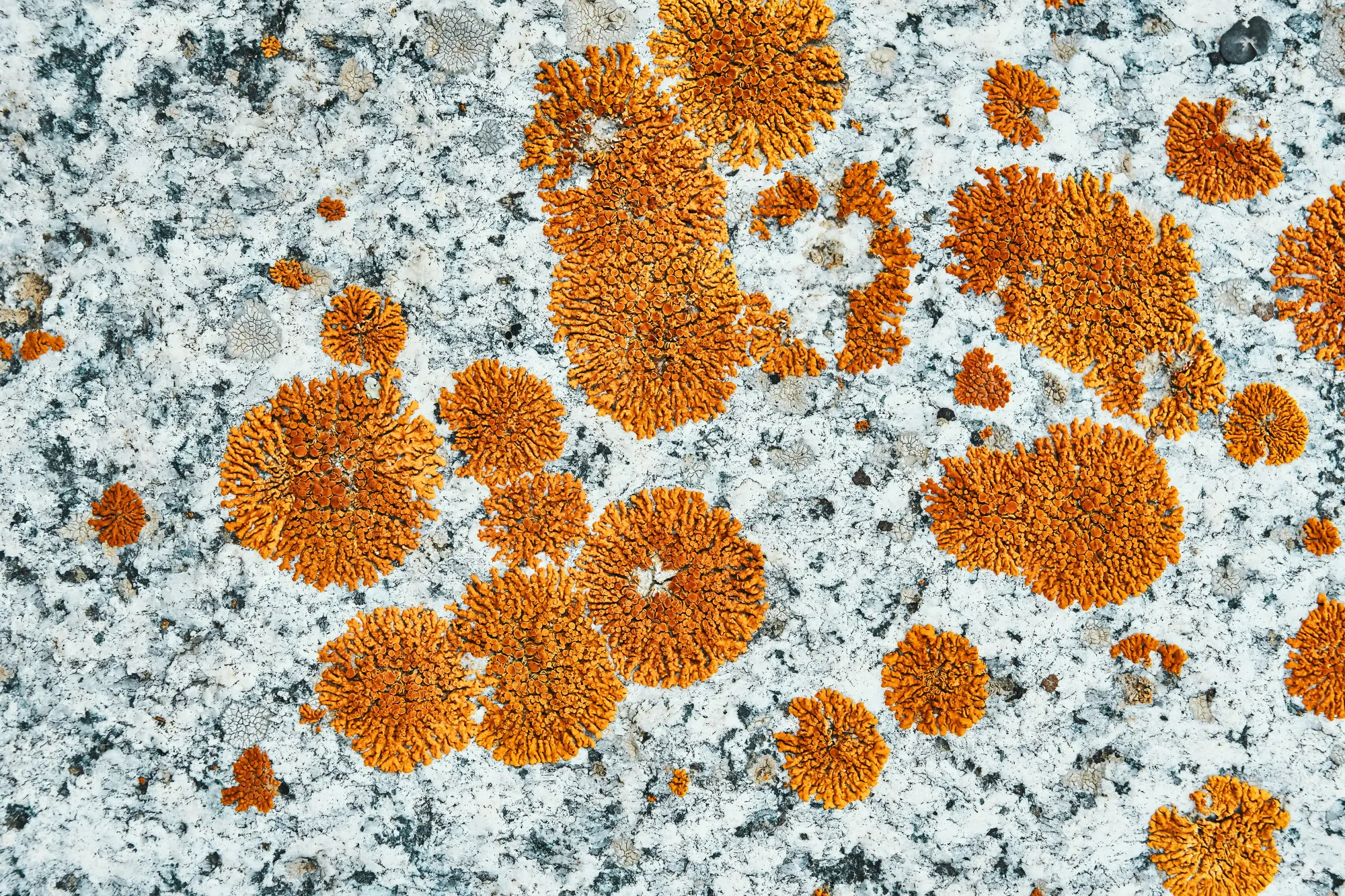Abstract
In an insightful examination of the dynamic struggle between parasites and their hosts, a recent study published in the journal “Insects” has uncovered the nuanced hygiene strategies employed by fungus-growing ants to combat different stages of fungal pathogens. These fascinating ant societies, notable for cultivating symbiotic fungi, demonstrate a complex social immune system, exhibiting varied responses to the threat of parasitic fungi, each tailored to the specific stage of pathogen development. This study advances our understanding of social insects’ defenses and highlights the evolutionary pressures shaping these sophisticated relationships.
Ants and Fungi: An Evolutionary Arms Race
In the verdant tropics, amidst the constant hum of life, exists a battlefield microcosm embodying the perpetual arms race of evolution. Here, fungus-growing ants of the genus Trachymyrmex face off against insidious fungal pathogens. A groundbreaking study led by Ernesto Bonadies and his multidisciplinary team has delved into the adaptive defense mechanisms these ants deploy when confronted by the fungal aggressors Metarhizium and Escovopsis—pathogens threatening their meticulously cultivated fungal gardens.
The Defense Arsenal of Trachymyrmex Ants
The study, published in the peer-reviewed journal “Insects,” illustrates how Trachymyrmex ants adapt their defensive behavior to the development stages of their fungal adversaries. Nest hygiene—a critical aspect of the ants’ repertoire—manifests in various forms, from meticulous grooming to the elimination of infected individuals and the application of antimicrobial substances.
The researchers meticulously analyzed these insect behaviors, offering deeper insights into the ants’ sophisticated and cooperative defense strategies. With intricate experimental design and detailed observation, they unveiled a rich tapestry of ant-fungal interactions.
Complex Ant Hygiene Tactics Thwart Pathogens
But how do these ants discern the nature and severity of the fungal threat? The investigators observed a remarkable differentiation in ant behaviors correlated to the lifecycle stages of the fungi. For instance, in response to the alarming presence of pathogenic spores, the ants intensify their grooming efforts, efficiently reducing spore viability. When confronting the mycelial stage of fungal growth, however, ants resort to more drastic measures. They physically remove the infected material from the nest, curbing the spread of the virulent pathogen.
In the context of Metarhizium brunneum, a fungus adept at infecting insects, ants showcase heightened vigilance. They rapidly detect and address infections within their colonies caused by this pathogen, employing an array of tactics—they groom vigorously, discard debris, or isolate and euthanize the afflictees.
Confronted by Escovopsis, a fungus specialized in attacking the ants’ fungal gardens, the ants exhibit tactical finesse. They engage in hygienic behaviors like meticulously pruning their gardens, all while applying antimicrobial secretions to neutralize the threat.
Adaptive Shifts: A Mark of Evolution
The study’s authors suggest these behaviors point to adaptive shifts driven by the need to safeguard their cooperative living quarters and valued fungal harvests. The varied defensive arsenal of the ants—tailored to specific pathogen development stages—underscores the adaptive plasticity within these complex societies. It reflects an ancient coevolutionary struggle between ants and pathogens, each honing strategies to outmaneuver the other.
Implications and Future Research
The findings open new avenues for understanding the underpinnings of social immunity in insect communities. Moreover, the study underscores the importance of biodiversity and the intrinsic value of complex ecosystems, where even the smallest creatures play substantial roles in sustaining the web of life.
Future research endeavors might explore the genetic determinants of these behavioral adaptations or extend the study to other social insects, further unraveling the fabric of social immunity and host-pathogen dynamics.
References
1. Hamilton, W.D. (1987). Kinship, recognition, disease, and intelligence: Constraints of social evolution.
2. Bot, A.N.M., et al. (2001). Waste management in leaf-cutting ants.
3. Diez, L., et al. (2014). Keep the nest clean: Survival advantages of corpse removal in ants.
4. Yanagawa, A., & Shimizu, S. (2007). Resistance of the termite, Coptotermes formosanus Shiraki to Metarhizium anisopliae due to grooming.
5. Hughes, W.O.H., et al. (2002). Trade-offs in group living: Transmission and disease resistance in leaf-cutting ants.
Keywords
1. Social Insect Immunity
2. Ant Parasitic Defense
3. Fungal Pathogens Ant Hygiene
4. Evolutionary Host-Pathogen Arms Race
5. Trachymyrmex Ants Fungal Cultivation
Tailoring its defenses to the development stage of parasites provides insights into the evolutionary complexities shaping the survival strategies within ant societies. Such studies pave the way for broader understanding of social immunity, emphasizing the intricate balance in nature between hosts and pathogens and the intelligence underpinning the simplest of life forms.
